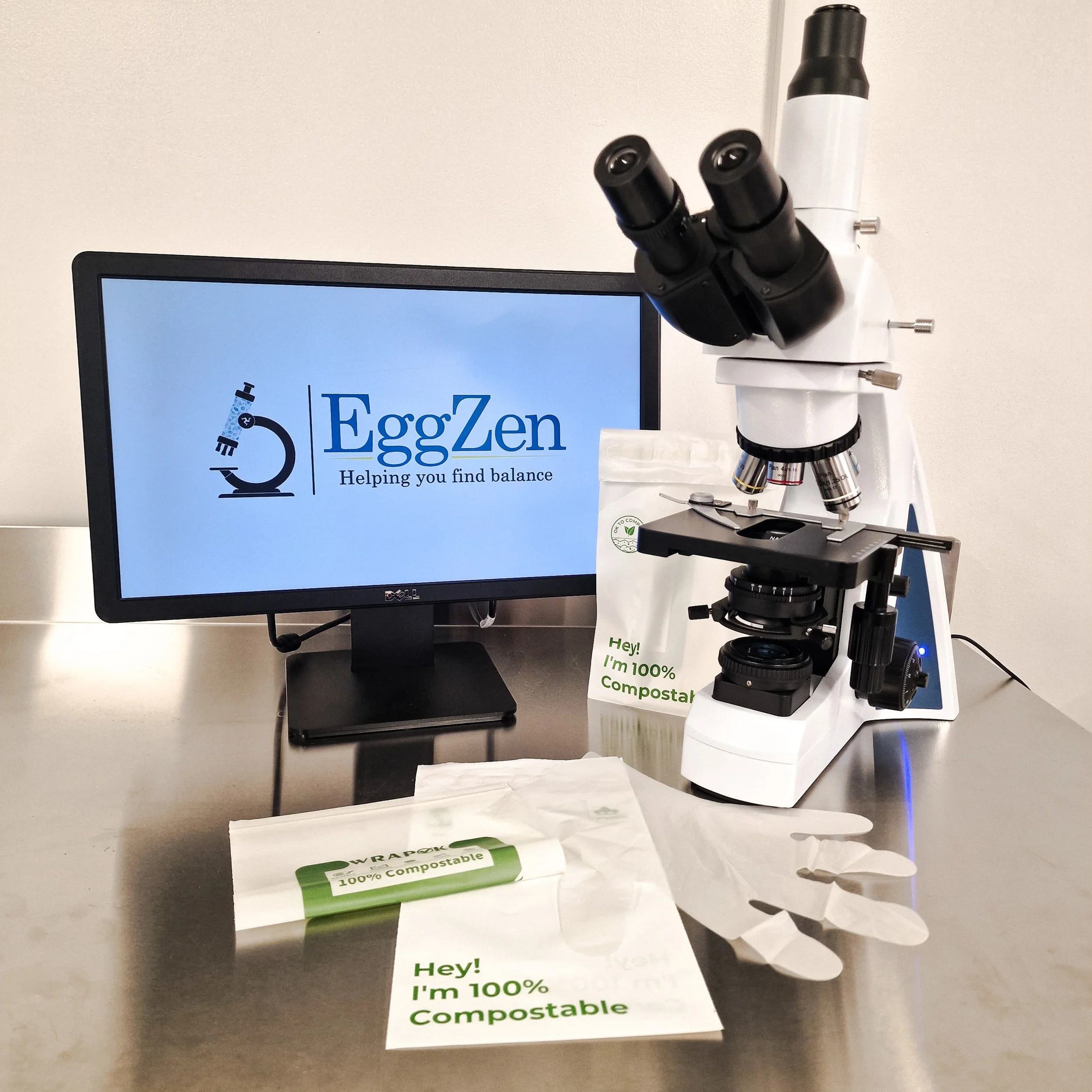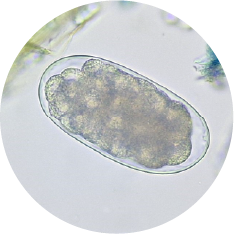Welcome to EggZen, we're here to help you find balance.
With our on-island testing, the samples you submit are as fresh as can be when we get it in our Lab giving you reliable results—no worries about ferry delays and long postal journeys compromising your samples. That means faster answers and better decisions for your horse, donkey, or livestock. At EggZen, we’re here to help you give your animals the care they deserve.
They may be microscopic, but their impact on your animals is anything but small. Whether its your horse, donkey or livestock show them the care they deserve with targeted parasite testing and smarter treatment!
Why Test?
At EggZen, we’re here to help you strike the right balance—treating only when necessary to protect the long-term effectiveness of anthelmintics.
Your impact goes even further, when you choose to test with us, you're not just supporting smarter parasite control; you're also making a greener choice. Our kits are 95% compostable and 99% biodegradable, meaning every test you run doesn’t leave plastic behind for hundreds of years in a landfill. Together, we’re protecting the future—of your animals, your land, and the planet.
Whether your horse is family or you're focused on keeping your livestock healthy in a cost-effective, sustainable way—we’re here to help you do it right.
Your facilities are unique, your worm management program should be too.
All pasture-grazed animals are exposed to worms as they are naturally found in these environments. Unlike companion animals, such as cats and dogs whose parasites can affect their owners' health if not regularly treated, the goal of deworming pasture animals is not to reach a zero-parasite load, but rather to find a balance between a desirable and pathogenic parasite load.
Health and Management
Anthelmintic resistance is increasing, and once it becomes obvious, it’s often too late to act. Early signs—like reduced growth or poor performance—can be easy to miss. A quick drench test lets you check if your wormer is still effective, helping you treat more wisely and safeguard your horses’ or livestock's health for the long term.
Deworming should always be performed as part of a parasite management system that includes other management tools such as dung removal or strategic pasture rotation!
The 80/20 rule!
Studies show that 80% of parasite shedding comes from just 20% of animals. Individual FECs help identify high shedders, allowing targeted treatment instead of treating the whole group. This reduces dewormer use, preserves refugia, and lowers the risk of resistance.
Target the species currently affecting the animals
Pasture-grazed animals are often burdened with multiple worm species at any given time, however, some species may need treating while others are at a desirable load. Certain anthelmintic groups can be used as a broad-spectrum treatment and are extremely useful when the need to target multiple species, but when this is not required, a narrow-spectrum/ targeted treatment would be more beneficial in reducing the rate of anthelmintic resistance. The only way to know is to test before treating!










